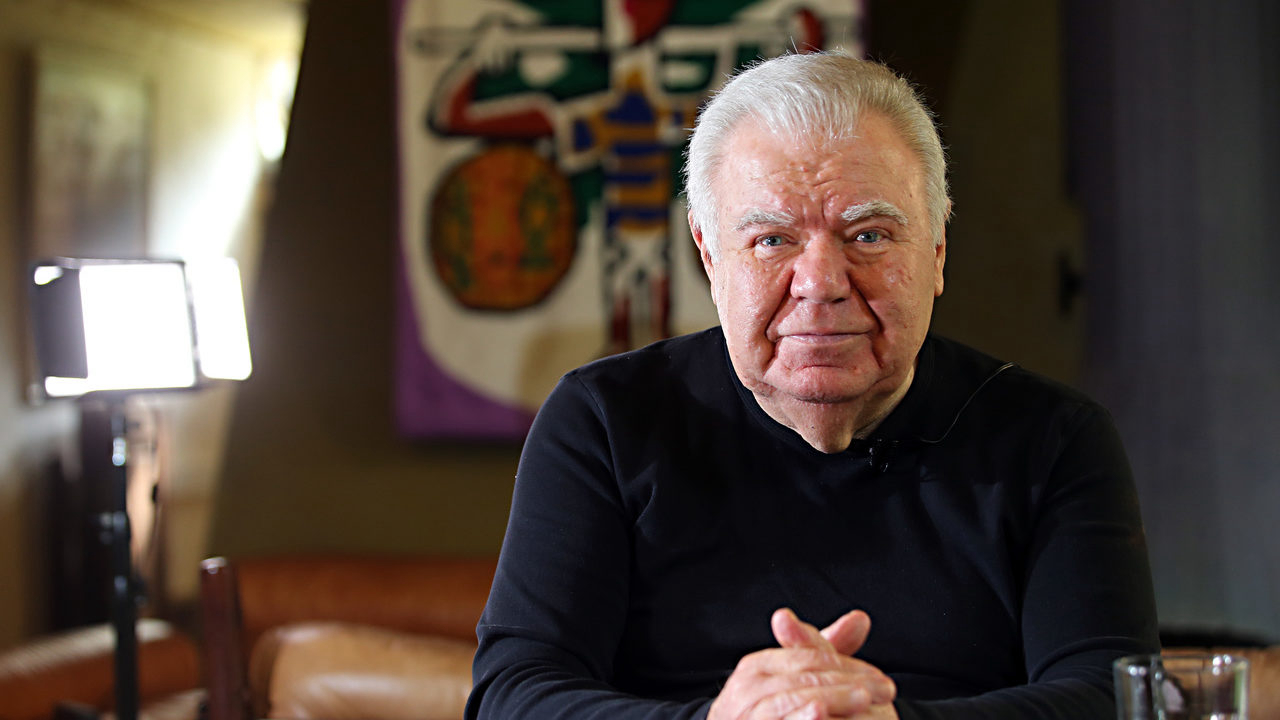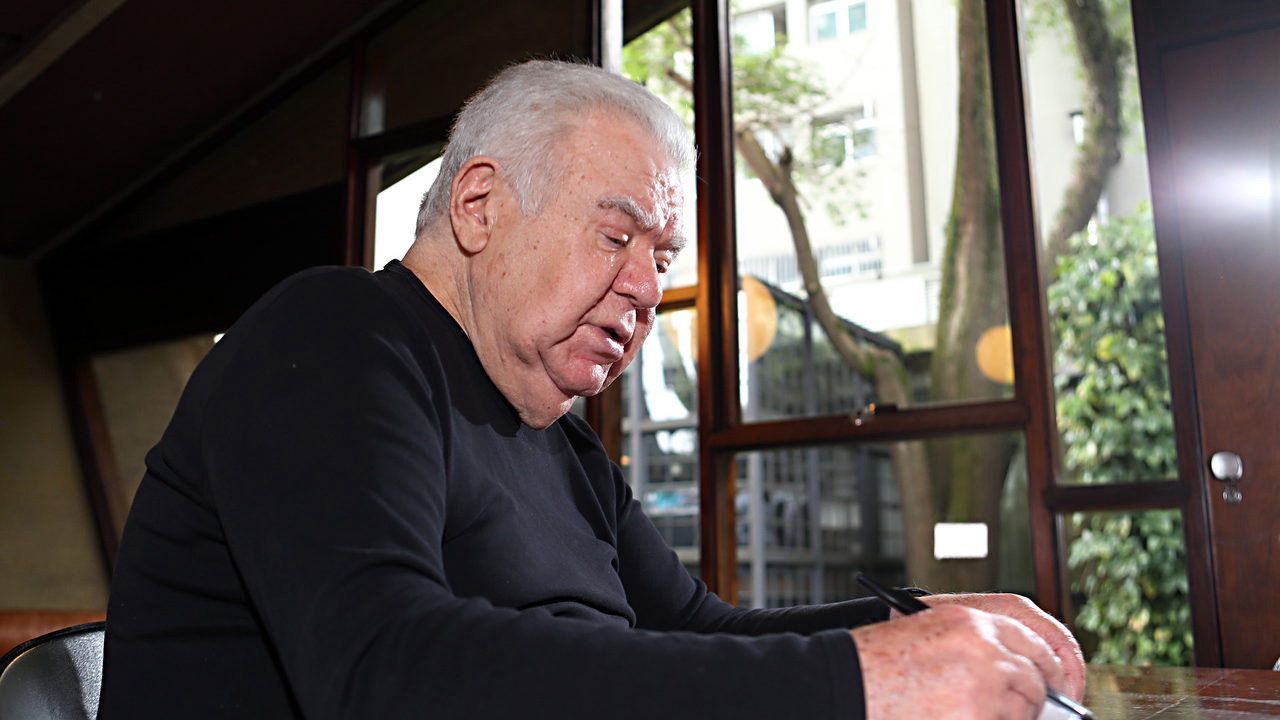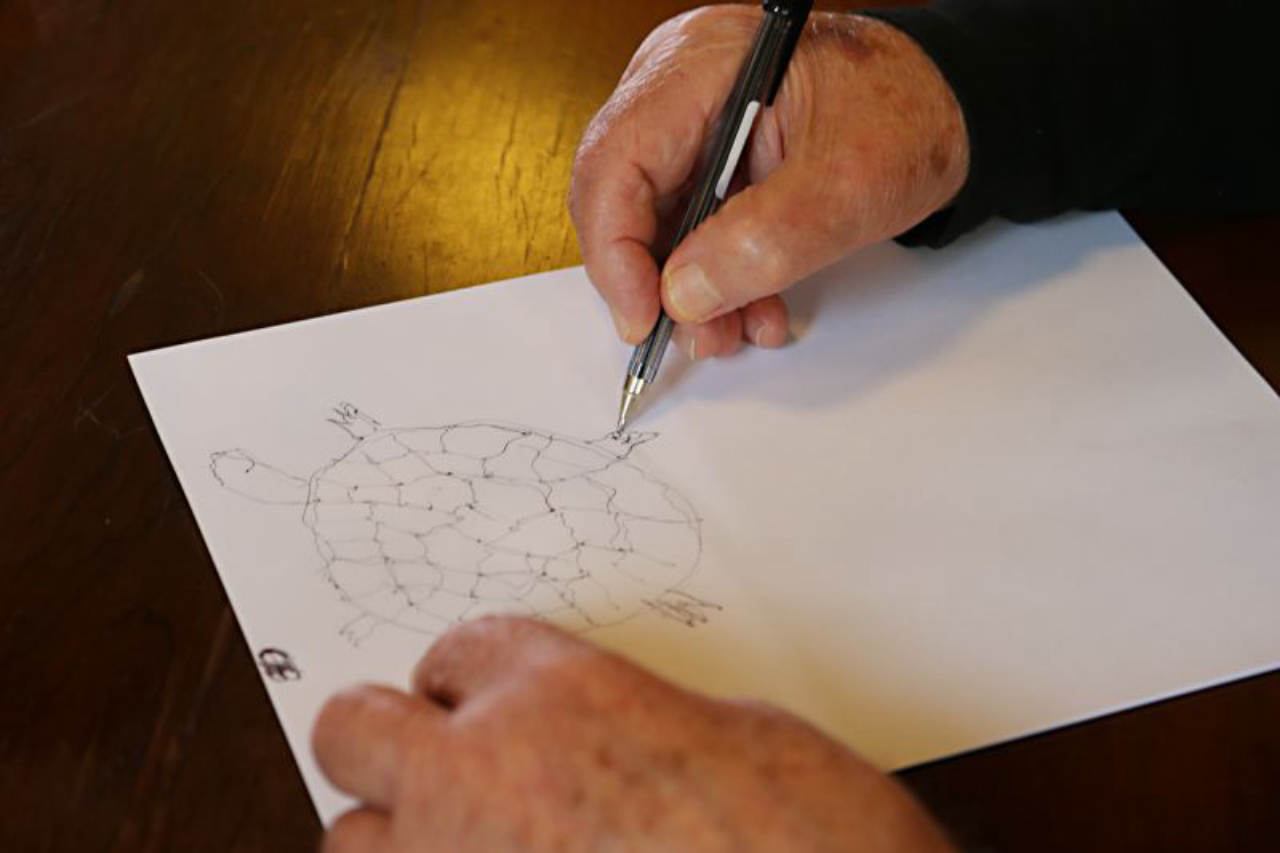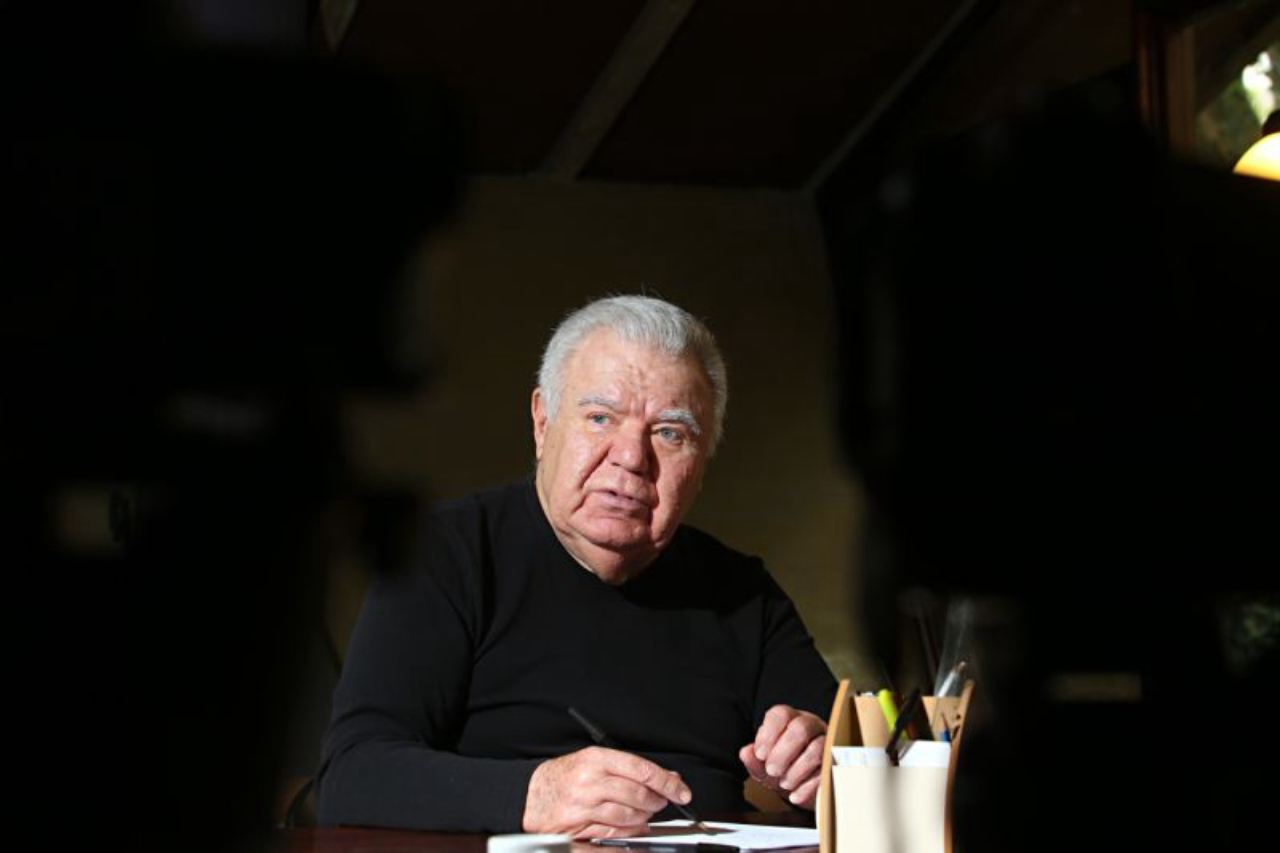One of the main names in Brazilian and global urbanism, the architect Jaime Lerner passed away in the May 27th, at the age of 83, victim of complications of chronic kidney disease. Former Mayor and former Governor, Lerner’s body will be veiled at the Capela Mortuária Israelita Água Verde. The burial is confirmed to 3 pm at the Israelita Santa Candida Cemetery.
During the 1970s, ahead of the urban revolution that took the capital of Paraná name to the four corners of the world, Lerner was responsible for closing the XV de Novembro street, for creating urban parks that gave an identity to modern Curitiba and for the system of public transportation, through exclusive channels (the BRT), copied in more than 250 cities.

Those facts
made his name revered and requested wherever he went (there are many cities
with projects signed by Lerner) and he figures as the second largest urban
planner in the world, according to the North American urban planning magazine
Planetizen, which in 2018 listed the 100 most influential professionals of all
time – Lerner being the only Brazilian.
made his name revered and requested wherever he went (there are many cities
with projects signed by Lerner) and he figures as the second largest urban
planner in the world, according to the North American urban planning magazine
Planetizen, which in 2018 listed the 100 most influential professionals of all
time – Lerner being the only Brazilian.
The
publication was not the first to praise the former governor’s work. Before his
political life more than a decade ago, he created his greatest legacy in the
capital of Paraná. Years ago, the Time magazine had already highlighted Jaime
Lerner among the 25 most influential thinkers in the world. “[Curitiba] is the
answer to a question that would otherwise be hypothetical: what would cities be
like if urbanists, and not politicians, were in power?”, added The New York
Times in 2007.
publication was not the first to praise the former governor’s work. Before his
political life more than a decade ago, he created his greatest legacy in the
capital of Paraná. Years ago, the Time magazine had already highlighted Jaime
Lerner among the 25 most influential thinkers in the world. “[Curitiba] is the
answer to a question that would otherwise be hypothetical: what would cities be
like if urbanists, and not politicians, were in power?”, added The New York
Times in 2007.
Theurbanist
Son of Jewish-Polish immigrants and graduated in Architecture and Engineering from the Federal University of Paraná (UFPR), Lerner met at the academy many of the professionals that structured the Institute of Research and Urban Planning of Curitiba (IPPUC) with him, in 1965, and who worked on urban and transportation solutions that put Curitiba on the map. This list includes figures such as Lubomir Ficinski Dunin (deceased in 2017), Domingos Bongestabs, Abrão Assad and Osvaldo Navaro.

In the early
1970s, the indication of his name to the city hall gave him the opportunity to
put them all into practice. And for the standars on duty, the answer came in a
tone of good humor, as when the children were put to paint on the newly open
sidewalk on XV the Novembro street and thus contained the protests of a car
club that was opposed to the road closure for vehicles.
1970s, the indication of his name to the city hall gave him the opportunity to
put them all into practice. And for the standars on duty, the answer came in a
tone of good humor, as when the children were put to paint on the newly open
sidewalk on XV the Novembro street and thus contained the protests of a car
club that was opposed to the road closure for vehicles.
This was also the case with the channels for exclusive circulation of ‘express’ buses, which brought to the surface the concept of subway, a modal considerd “expensive” in the urban planner’s assessment.
Thesecond revolution
In the 1990s,
Lerner’s attention turned to the environment and sustainability, so much in
vogue nowadays, in a movement many can judge as being avant-garde. In his third
term as mayor, he taught Curitiba how to separate organic and recyclabe garbage
by creating the “Garbage that is not garbage” program, and made the Folha
family the face of the “Ecological Capital”.
Lerner’s attention turned to the environment and sustainability, so much in
vogue nowadays, in a movement many can judge as being avant-garde. In his third
term as mayor, he taught Curitiba how to separate organic and recyclabe garbage
by creating the “Garbage that is not garbage” program, and made the Folha
family the face of the “Ecological Capital”.

Also from this period are parks such as the Opera de Arame, the Botanical Garden and the Rua 24 Horas, which, built in metal and glass, inaugurated a new architectural language for the city and still maintain their sovereignty when we talk about Curitiba postcards.
“[This
language was] a good coincidence. These were works that needed to be built
quickly, and the metallic material was obtained for the agility [that it
offers]. They are included in the school of good architecture, which is simple,
striking and fast in its execution”, detailed Lerner in an interview with HAUS
magazine in 2017.
language was] a good coincidence. These were works that needed to be built
quickly, and the metallic material was obtained for the agility [that it
offers]. They are included in the school of good architecture, which is simple,
striking and fast in its execution”, detailed Lerner in an interview with HAUS
magazine in 2017.
For the architect and urban planner, as he liked to be recognized and remembered, and who researched until the last few days in his office, located in the Cabral neighborhood, only one thing was missing: “more life”, as Lerner himself pointed out in his last face-to-face meeting with HAUS, in December of that year, when he celebrated his 80th birthday.



